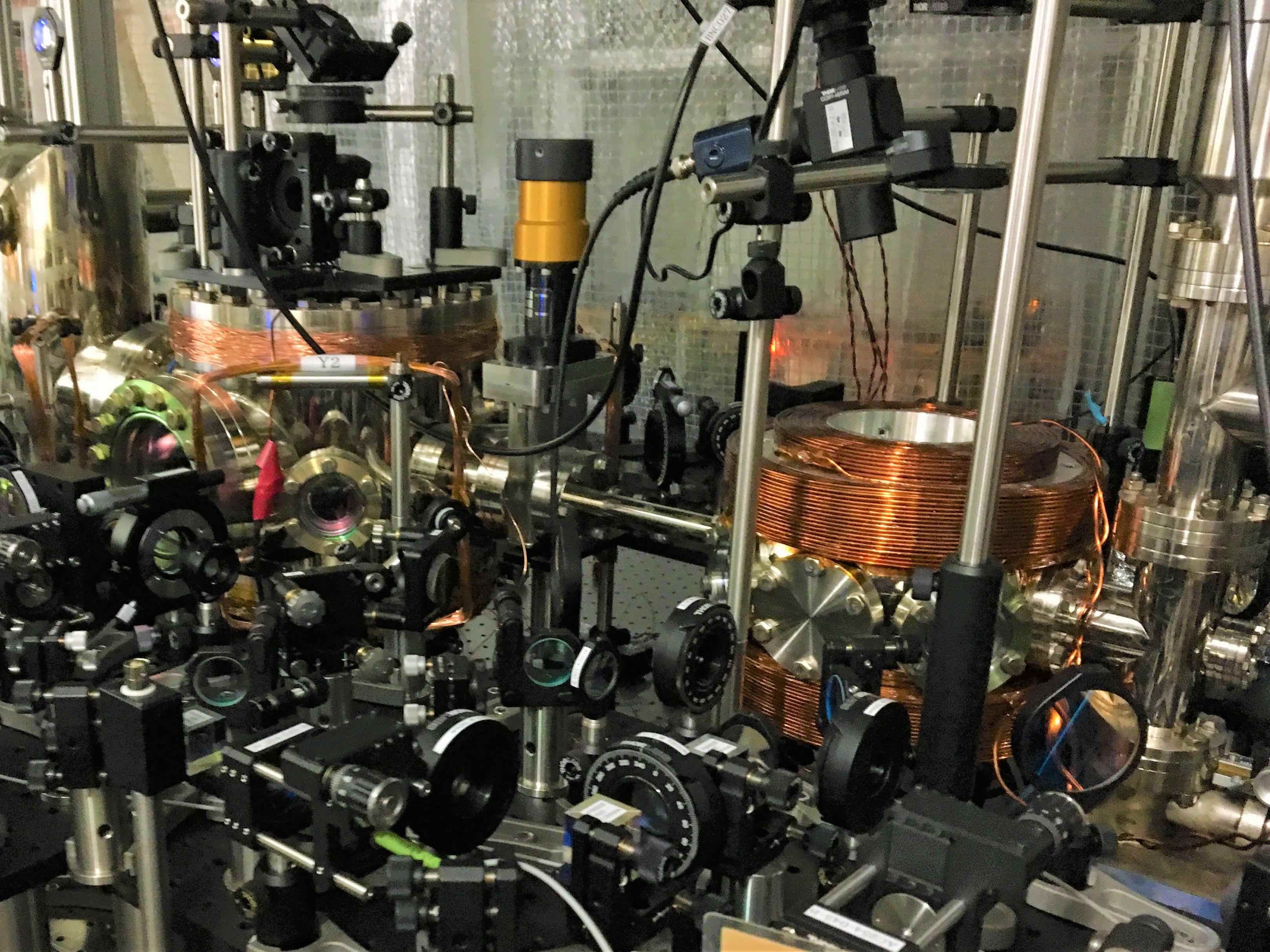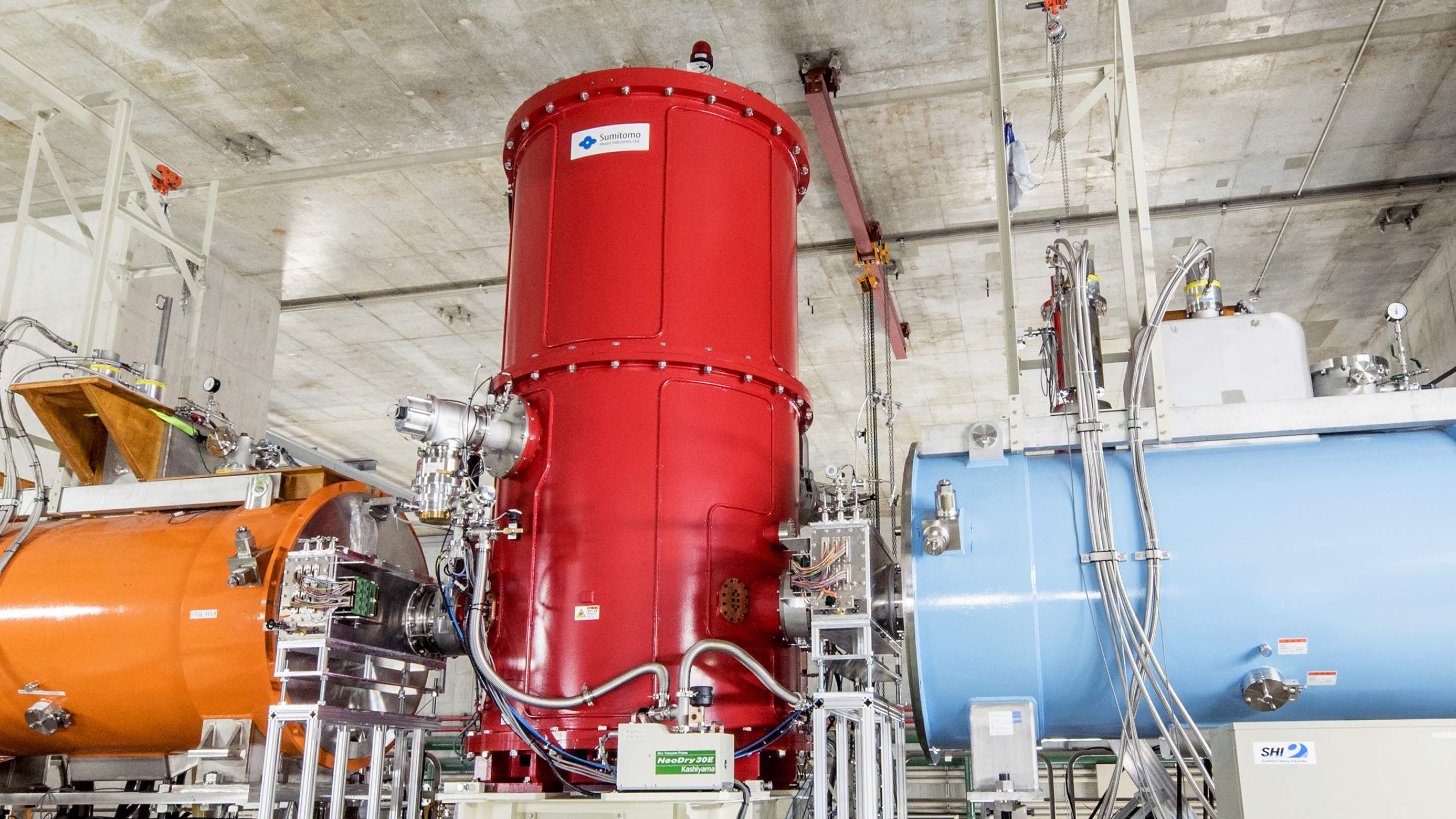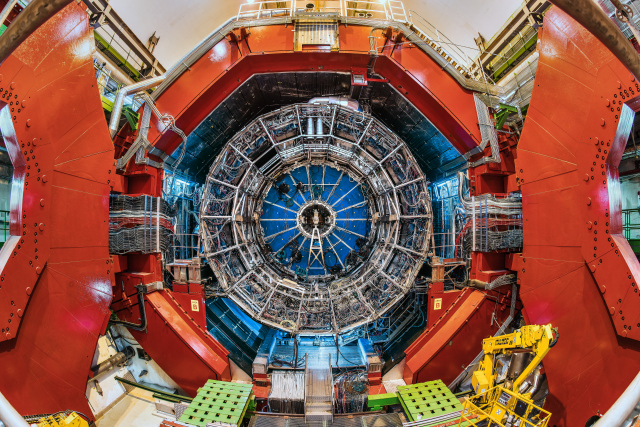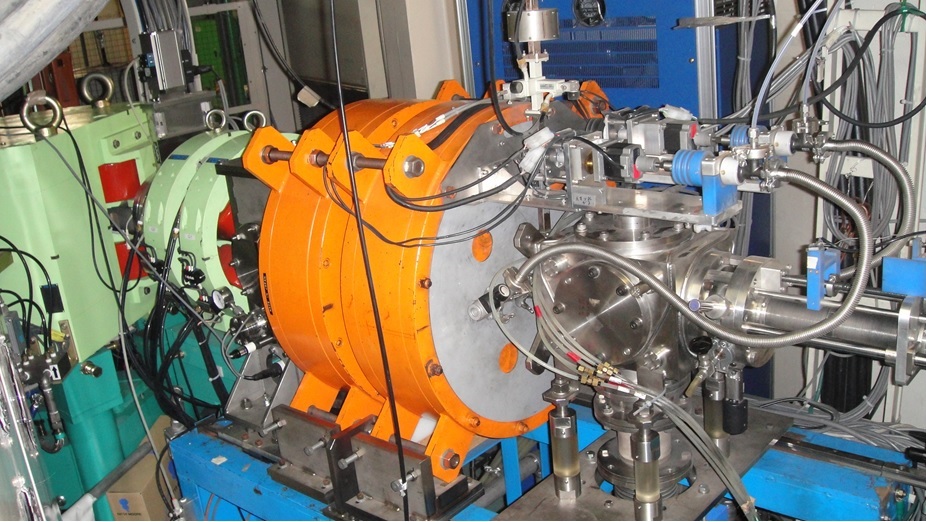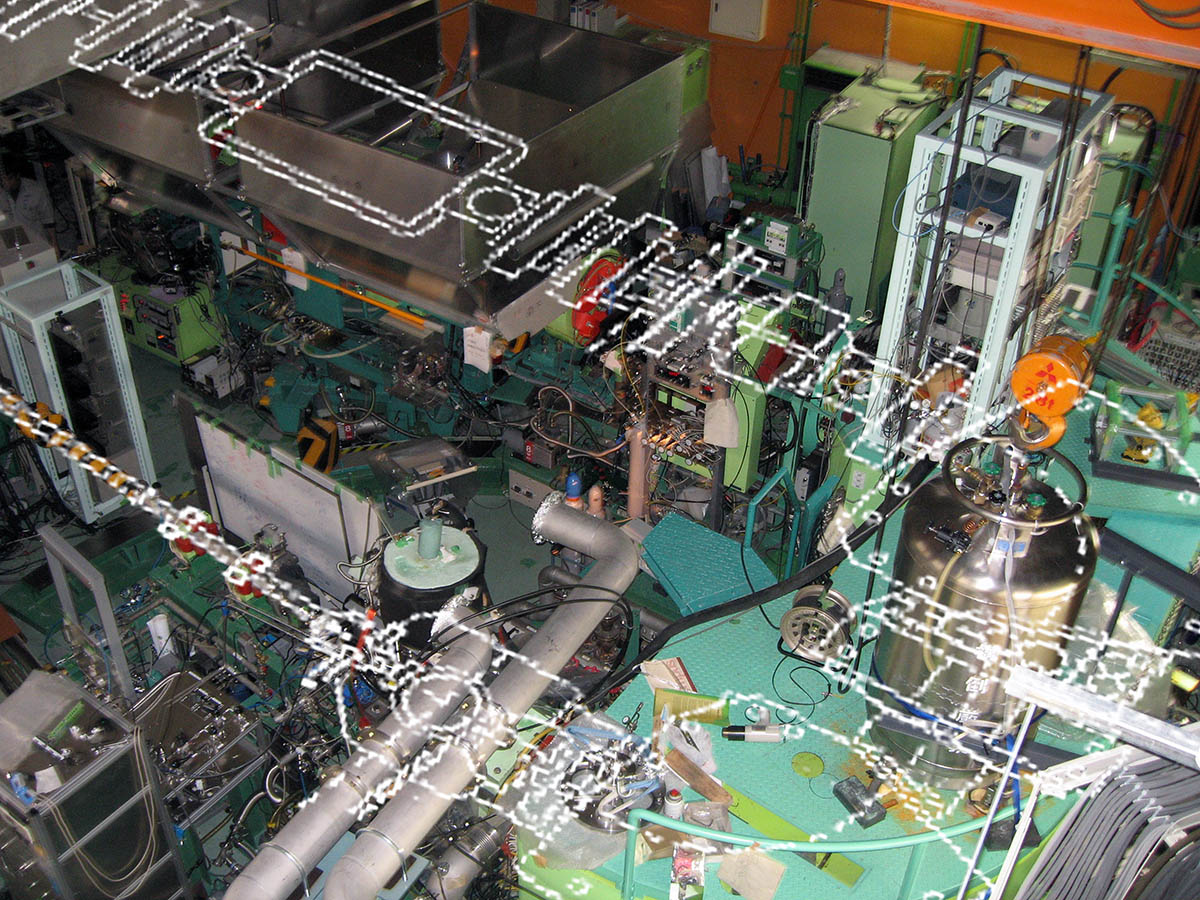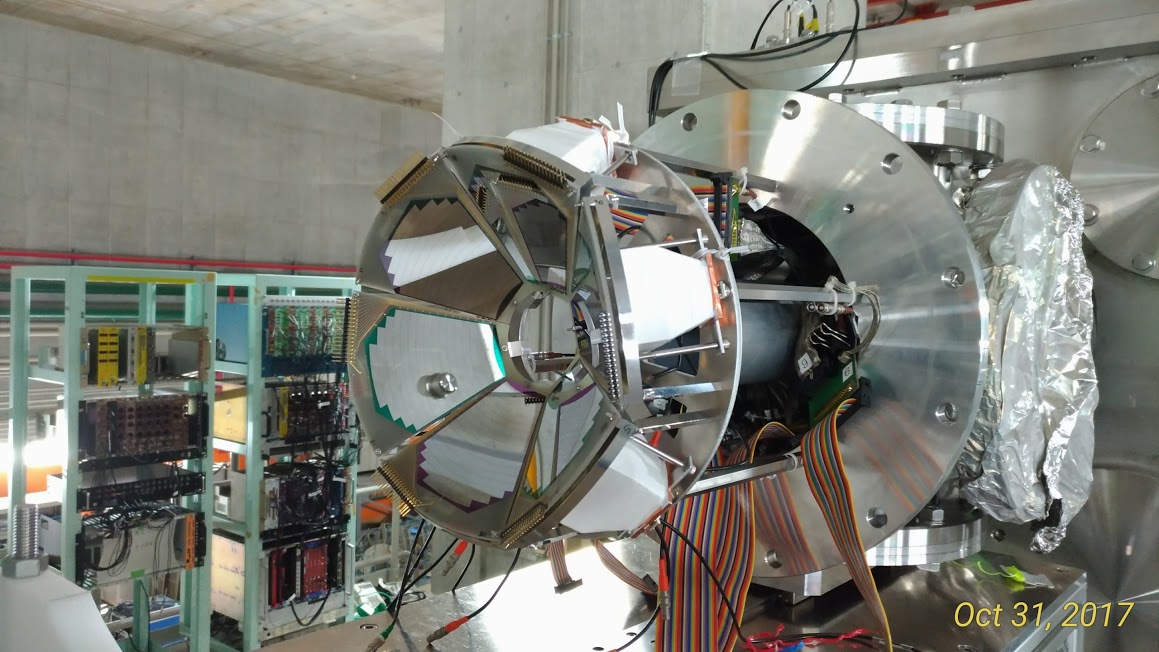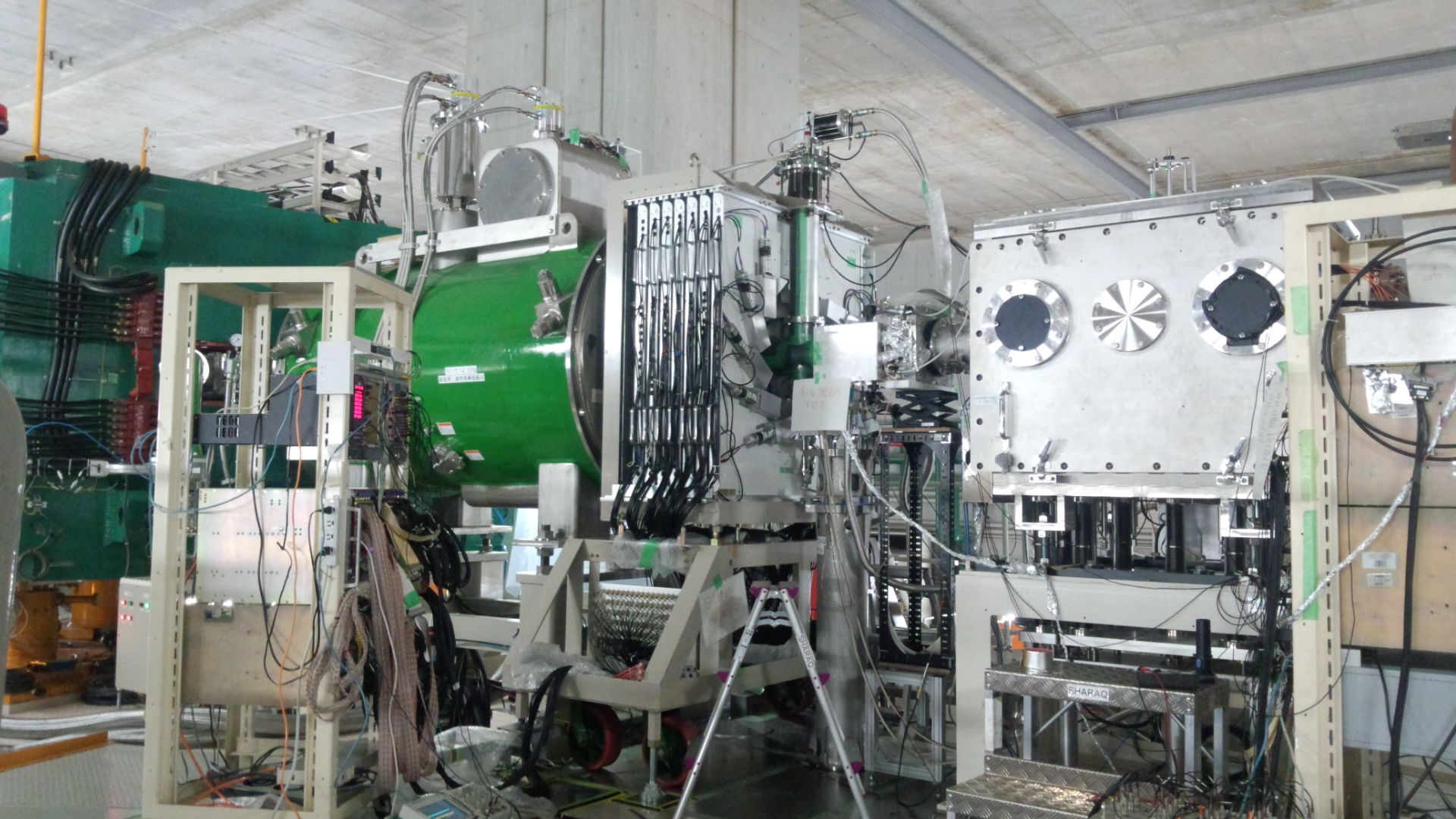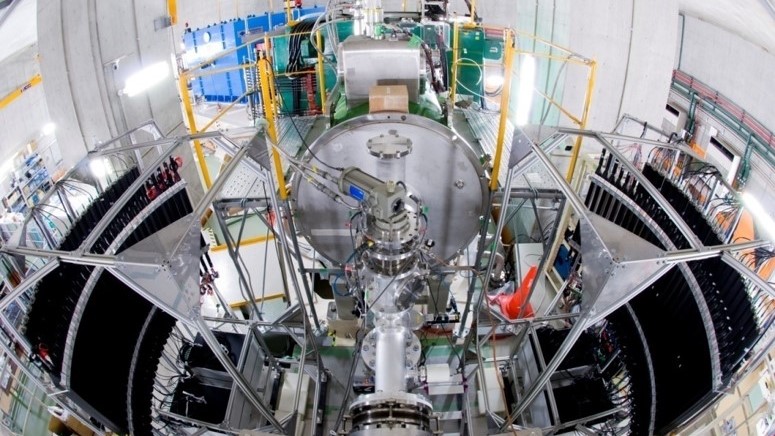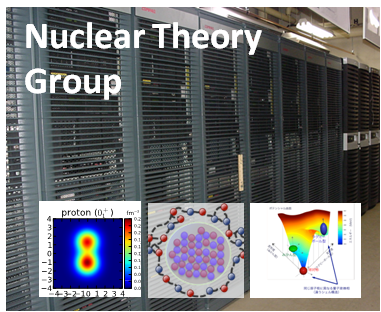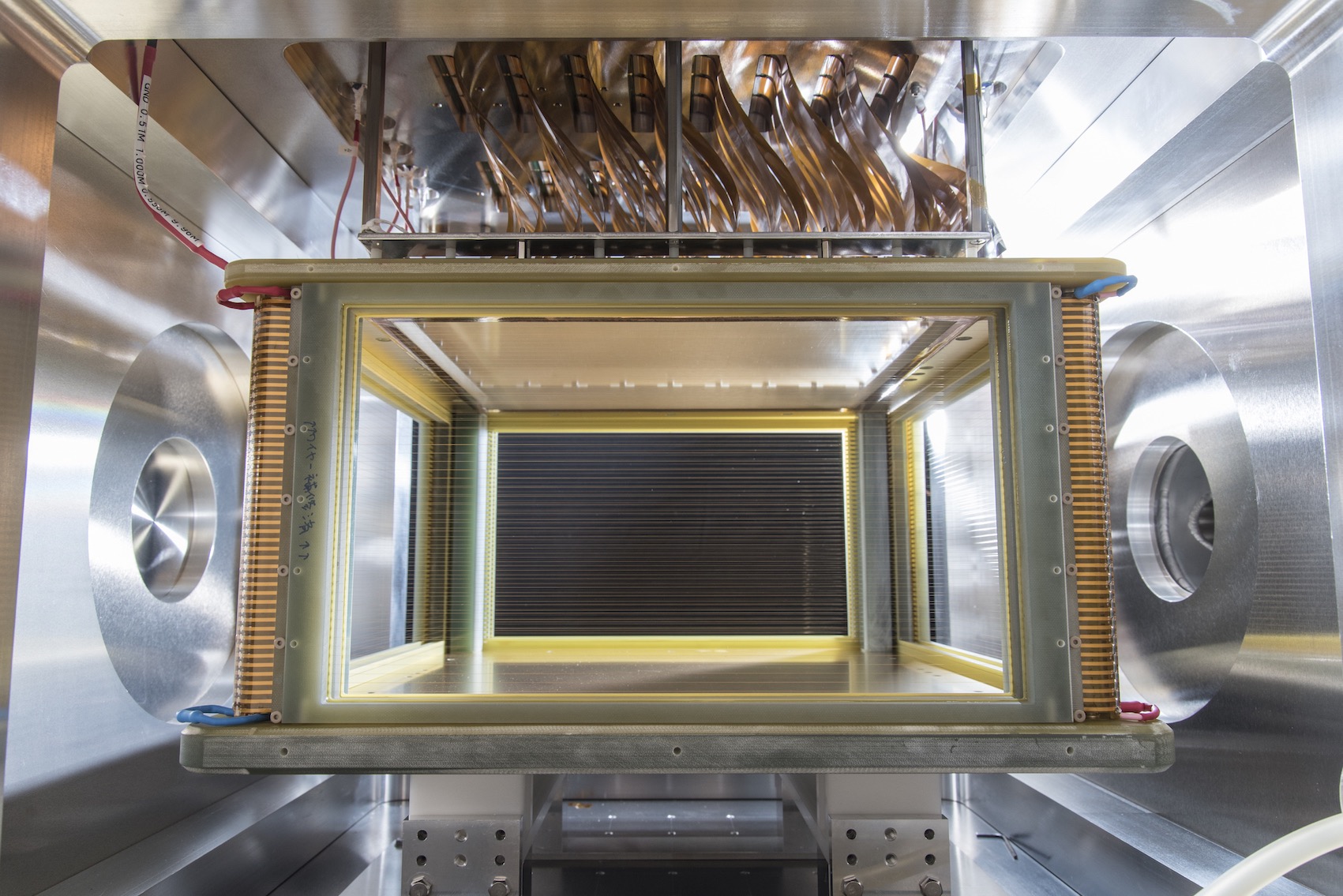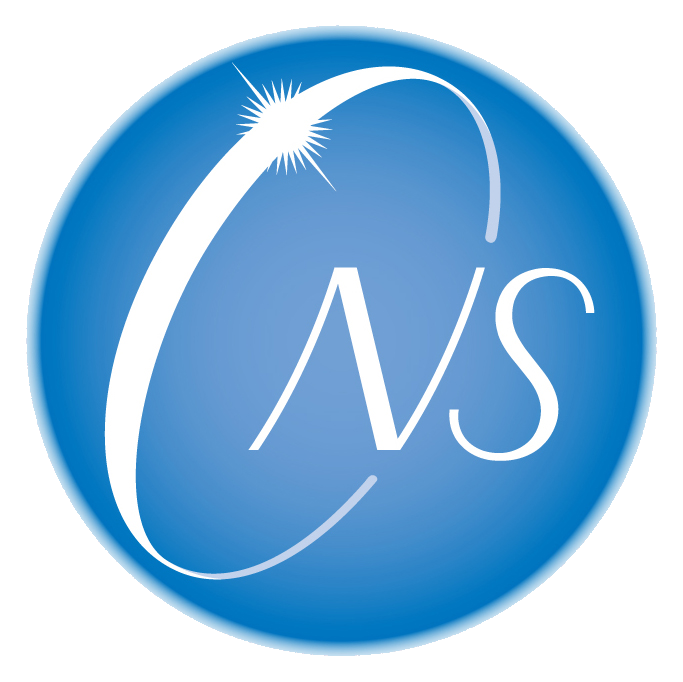Development of large experimental devices and next-generation detectors
To pursue the up-to-date research, we are also developing many experimental devices and accelerator technologies.
Experimental Devices
We are developing and operating ECR ion source which provides ion beams to accelerators, and large size experiemntal devices such as magnetic spechrogragh as well as RIB separators.
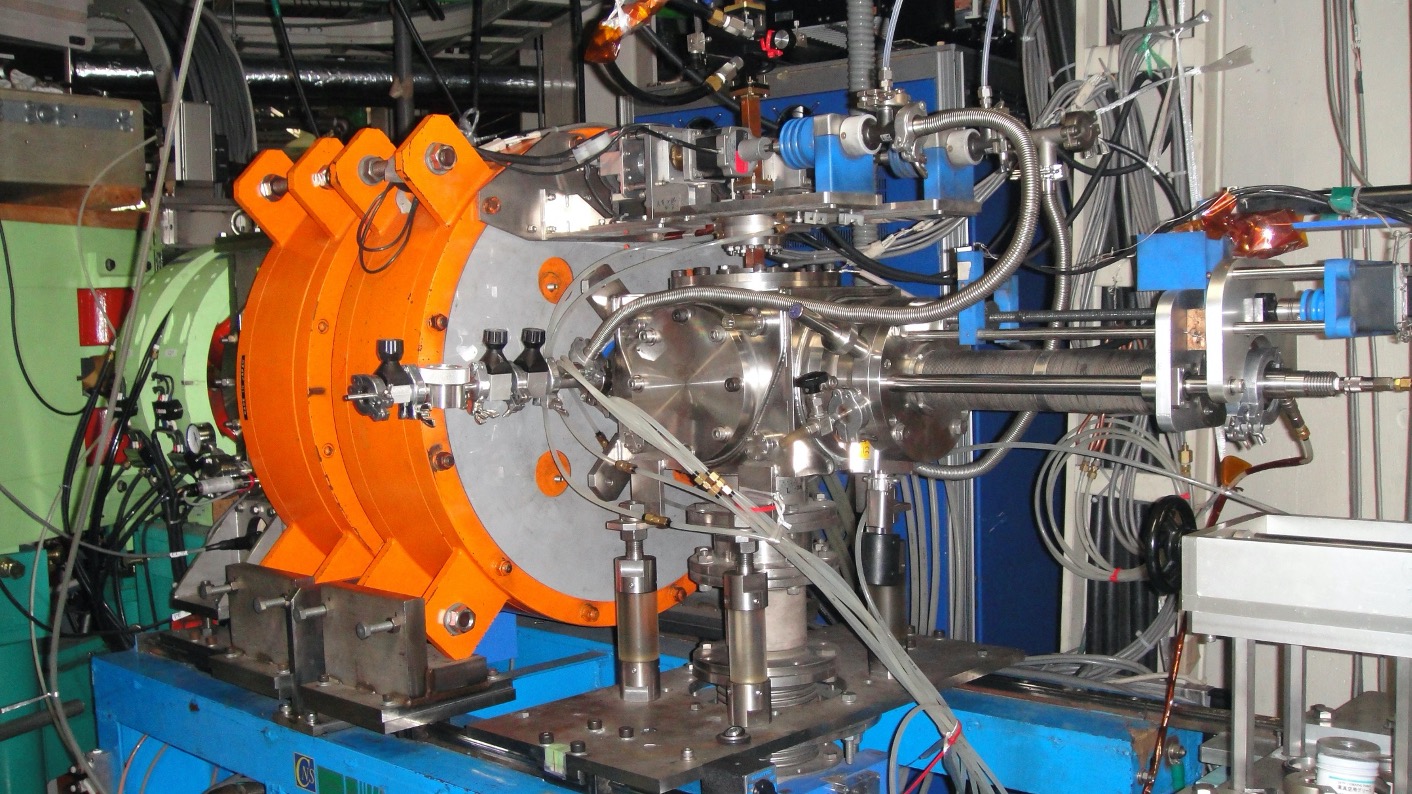
Accelerator
We are developing a new ECR ion source and beam viewers for tansportation of low-energy ion beam to provide the stable and intensive beam. We are also developing optics to transport the beam effectively. (Sakemi Lab.)
CRIB, the low-energy RI beam separator
CRIB is an radio-isotope (RI) beam separator, developed as one of the main apparatuses of CNS. It can produce RI beams at low energies, just corresponding to the temperature of explosive stellar objects and the excitation energy of atomic nuclei. At CRIB, intense and pure RI beams can be produced with a high efficiency, by the conversion of high-current metallic-ion beams, provided by the Hyper-ECR ion source of CNS, into RI beams with a cryogenic dense taget, as well as the purification with magnets and Wien-filter system. The nuclear astrophysics group of CNS is actively carrying out researches, forming international collaborations.
OEDO-SHARAQ
SHARAQ spectrometer which was constructed in 2009 has a high resolving power of dP/P ~1/15000. By employing the spectrometer together with high-resolution beam line, we can perform a missing mass spectrometry even with heavy ion beams. Indeed, we carried out an expeririment to study tetra-neutrons system.
We upgraded the high resolution beam ilne to the OEDO beam line which provides a decelerated RI beam with a small beam spot. The construction was finished in March 2017. The OEDO is composed of an angle tunable degrader and a RF deflector which can horizontally focus the beam. We measured a fusion-evaporation reaction with a long-lived fission product of nuclear wasate to evaluate the transmutation probability. (Shimoura, Yako, Imai)
Detector Development
We are upgrading the ALICE-TPC and developing the active target type detector named CAT-M, single crystal diamond detector, and so on.

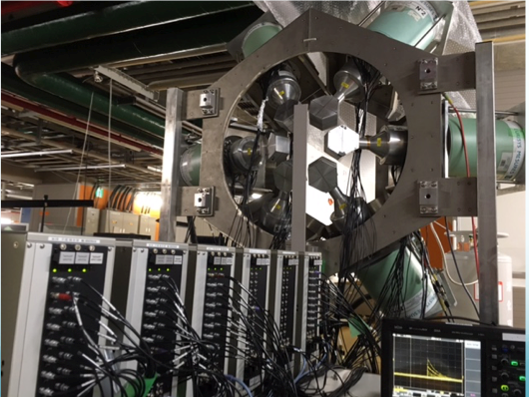

3-dimensional tracking detector
We developed a thick gas-electron-multiplier named GEM which is a core of Time Projection Chamber (TPC). We successfully developed a thicker GEM than those made by CERN by using different way of fabrication. We got a higher gain with a lower operational voltage.
These days, GEM has been used for TPC all over the world. Even in ALICE collaboration
at CERN, GEM has been adopted for upgrading the largest TPC in the world. CNS contributes
to the development of the ALICE TPC.
In experiments with the radioactive isotope beams, an active target-type TPC in which
the counter gas plays as a role of the target attracts attention. The nuclear reaction can be imaged in 3 dimensional space.
CNS has developed an active target with GEM with the internal collaboration in CNS.
Together with know-hows for developing GEM-TPC and for experiments with radioactive isotope beam in CNS, we have succeeded
to realise an active target which can stand the highest radioactive isotope beams.

Beamline detector (diamond, LP-MWDC, SR-PPAC)
For the experiments with the radioactive isotope beams, we are developing several beam line detectors. To identify each ion in the beam of 106 partiles/second, we are developing detectors which have fast-response and radiation-hardness. As such detectos, low-pressure MWDC, diamond detectors have been developed.
Recoil particle detector (TiNA /CAT-M)
To detect particles emitted from the secondary target, we have developed an recoil
particle detector array named TiNA. By measuring momentum of the particle, the properties
of the excited state populated by the reaction can be studied. TiNA is composed of stripped-type silicon
detectors and CsI(Tl)s. The total number of channels are more than 1000. The fine segmentation of
the detectors allows us to determine the energy of recoil partile less than 100 keV, which enables us
to study the neutron capture reaction rate related to the origin
of the element in the universe.
In some cases, the high excited states must be studied, where the momentum of the recoil particle
is too low to be detected by SSD. The active target TPC will be also used for this study.
Advanced photon detector (GRAPE)
To study excited states of nuclei, de-excitation gamma-rays are measured. To measure photonos in MeV efficiently, we are developing several photon detectors. In experiments with radioactive isotope beams, the nucleus of interest are moving fast with emitting de-excitaion gamma rays. The energy of the gamma ray depends on the detection point due to the Doppler shift. We are developing position-sensitive germanium detector array of GRAPE to compensate the detection point.
Neutron counter (PANDORA)
For the study of neutron-rich nuclei, it is important to measure neutrons emitted at the nuclear reactions. We have developed a neutron counter array named PANDORA which can measure neutrons of the energy higher than 100 keV. The new-type plastic scintillator is used to distinguish neutons from gamma-rays from analyzing the pulse shape. PANODRA can analyze the data in real-time.
